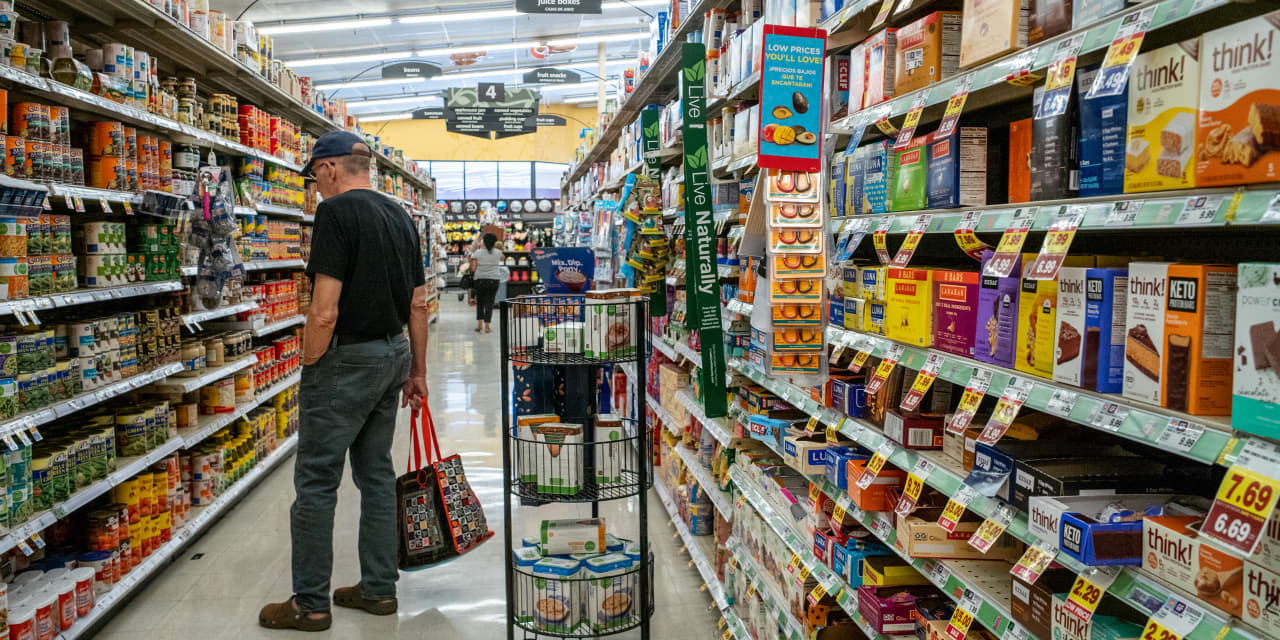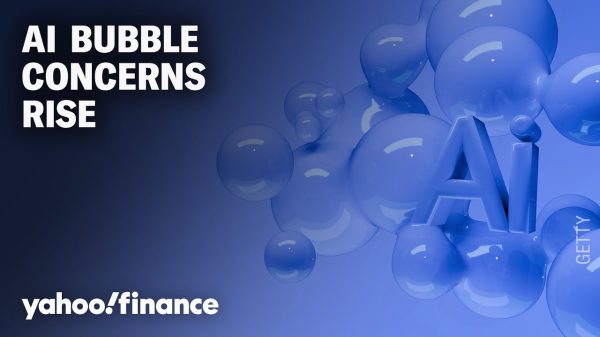Inflation ticked upward in August as gasoline prices rose and shelter costs stayed strong, but price growth in core sectors continued to moderate, according to the consensus economist forecast.
The August inflation data is one of the final reports before the Federal Reserve policy-making committee meets on Sept. 19-20 to decide if another interest-rate increase is needed to vanquish inflation. A report that comes in line with forecasts will encourage the central bank to keep rates at their current level, economists said.
The Labor Department releases the consumer price index data at 8:30 a.m. Wednesday.
Economists forecast the CPI climbed at a 3.6% annual pace in August, consensus expectations from
FactSet
show, notching a step up from the 3.2% pace recorded in July. That would mark the second straight monthly increase in headline inflation, a reflection of both rising gas prices and of how price growth is calculated as a comparison to year-ago prices.
On a month-over-month basis, economists forecast headline inflation rose 0.6% in August, up from a 0.2% rise in July.
Core CPI, which excludes the volatile food and energy indexes and is considered a better gauge of underlying price growth, is expected to hold steady in August. Economists forecast core inflation to have climbed 0.2% in August, matching July’s rise, and to slow to a 4.3% annual pace, down from 4.7% in July.
The Federal Reserve has been lifting interest rates aggressively to slow inflation, which exploded to a 9.1% rise in June 2022, the fastest pace of annual price increases in four decades. A 0.2% monthly growth pace would help Fed officials “to be comfortable that they’re on their way to achieving their 2% goal” for annual inflation, wrote Andrew Patterson, senior economist with Vanguard.
That, in turn, should keep Fed officials on track to hold rates steady at the current 5.25-5.5% rate at the coming meeting, a move investors broadly expect. Investors were pricing in a 93% chance of no rate hike in September as of Tuesday afternoon, according to the CME FedWatch tool.
For the Fed, the most encouraging signs lie in where continued inflationary pressures are coming from. Higher energy prices will drive the increase in the headline index, after AAA data showed gasoline prices jumped 6.6% month-over-month in August. But given their volatile nature, gas prices generally provide little signal about where broader-based inflation is heading. And there has been little pass-through impact of higher gas prices on other sectors so far, noted Alex Pelle, U.S. economist with Mizuho Securities—though that risk will rise the longer energy prices remain elevated.
The other major contributor to price growth in August is likely to be shelter, which in July was responsible for more than 90% of the growth in the overall index for the month. But due to the recent softening in asking rents—which have yet to show up in the government’s data—the shelter component is still on track to slow significantly in the coming months.
Other components will be worth watching carefully. The cost of airfare, which saw sizable declines in each of the past two months, is unlikely to decline further, thereby putting upward pressure on the services side of the index. Goods prices are on track to continue declining, though likely at a slower pace than July given what
Bank of America
economists are forecasting increased new car prices.
Health Insurance costs, meanwhile, are all but guaranteed to begin rising as measured by the CPI later this fall, when sector prices will be recalibrated. That adjustment will erase the impact of a Covid-era anomaly that had been making health-insurance inflation appear artificially low and push overall price growth up.
Overall, the data should reflect a continued slowdown from red-hot inflation that characterized the economy over the past two years. But it will also underscore just how difficult it will be to bring inflation all the way back to the Fed’s 2% annual growth target now that some of the most stubborn areas of price growth remain.
“In our view, stronger upcoming inflation prints as well as building upside risks to inflation next year would be enough for the Fed to hike one last time in November after no hike in September,”
Citi
economists led by Andrew Hollenhorst wrote ahead of the CPI report.
Write to Megan Cassella at [email protected]
Read the full article here







